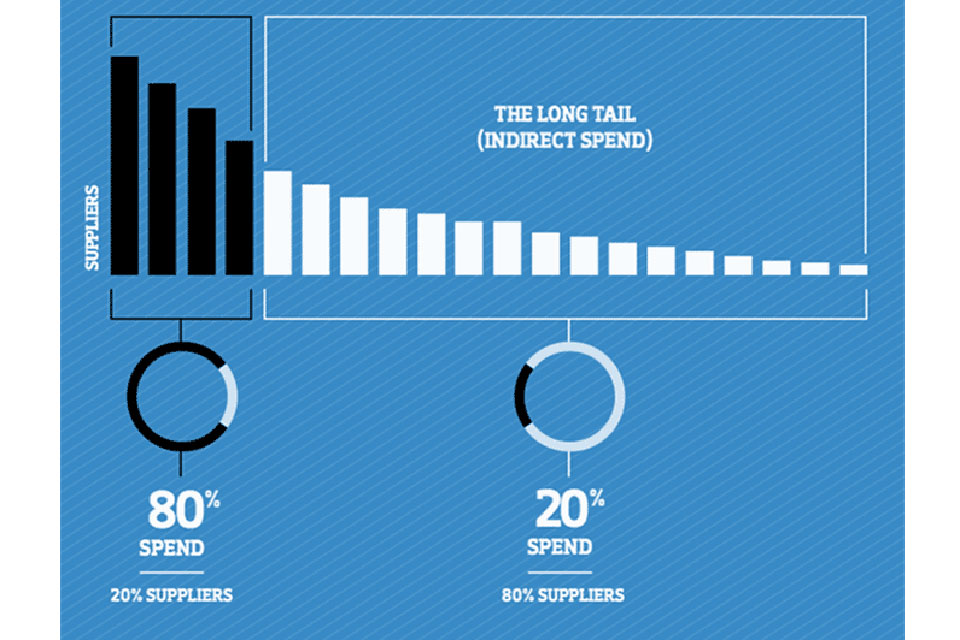By Stephen Davis, Head of Marketing, Exertis Supply Chain Services
Tail Spend Management is the process of managing the long tail of a supply chain, namely the procurement of indirect goods, small value orders and ad-hoc purchases.
According to the Pareto rule, the ‘long tail’ represents approximately 80% of a company’s suppliers yet only accounts for 20% of its spend. Paradoxically, the time and resources needed to manage the 20% spend will often far exceed that of the 80% given the highly transactional nature of tail management.
As a result of globalisation, the ‘long tail’ has grown significantly for many manufacturing organisations as they bring on board new and specialised materials suppliers in their efforts to satisfy the varying and increasing demands of their end customers.
In an attempt to efficiently “manage the tail” and achieve economies of scale, supply chain and procurement managers will invariably end up buying too many items from too many different suppliers, which leaves them sitting on inventory levels that significantly exceed customer demand.
This excess inventory adds no value, and in fact incurs cost. It represents cash that could otherwise be invested in business growth and value add activities.
While managing the tail effectively and efficiently is a challenging prospect for most organisations, there are a number of techniques available to supply chain and procurement professionals, which include:
- Consolidating the company supply base
- Reviewing and comparing prices from different vendors
- Bypassing distributors and buying direct from suppliers
- Monitoring supplier performance and lead time issues
- Identifying materials or parts that are a regular cause of work order delays
These solutions can be difficult to implement, due to the specialist systems required, and the time and resources it takes to put the necessary systems and processes in place. As a result, more companies are beginning to outsource ‘tail management’ in its entirety to specialist supply chain companies, who are experienced and equipped to generate cost and efficiency improvements on behalf of their client companies.
This blog is adapted from the whitepaper Managing the Tail: How to Optimise Tail Spend through Vendor Consolidation







